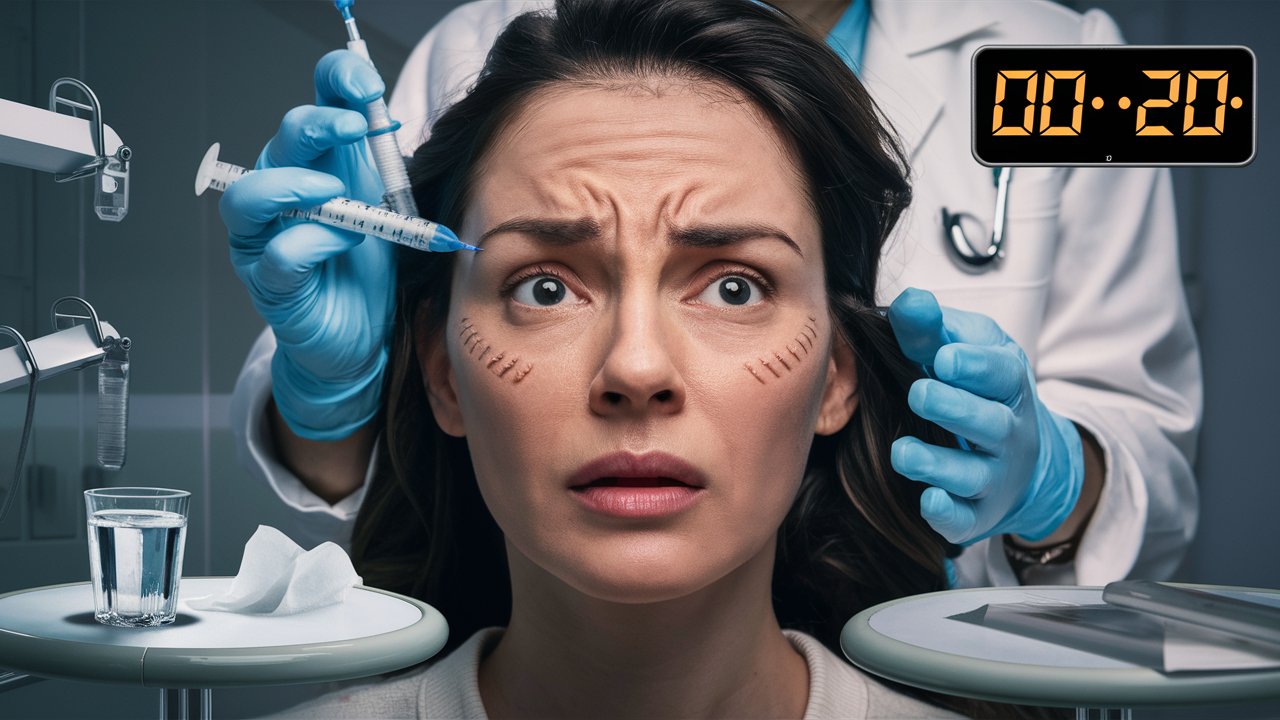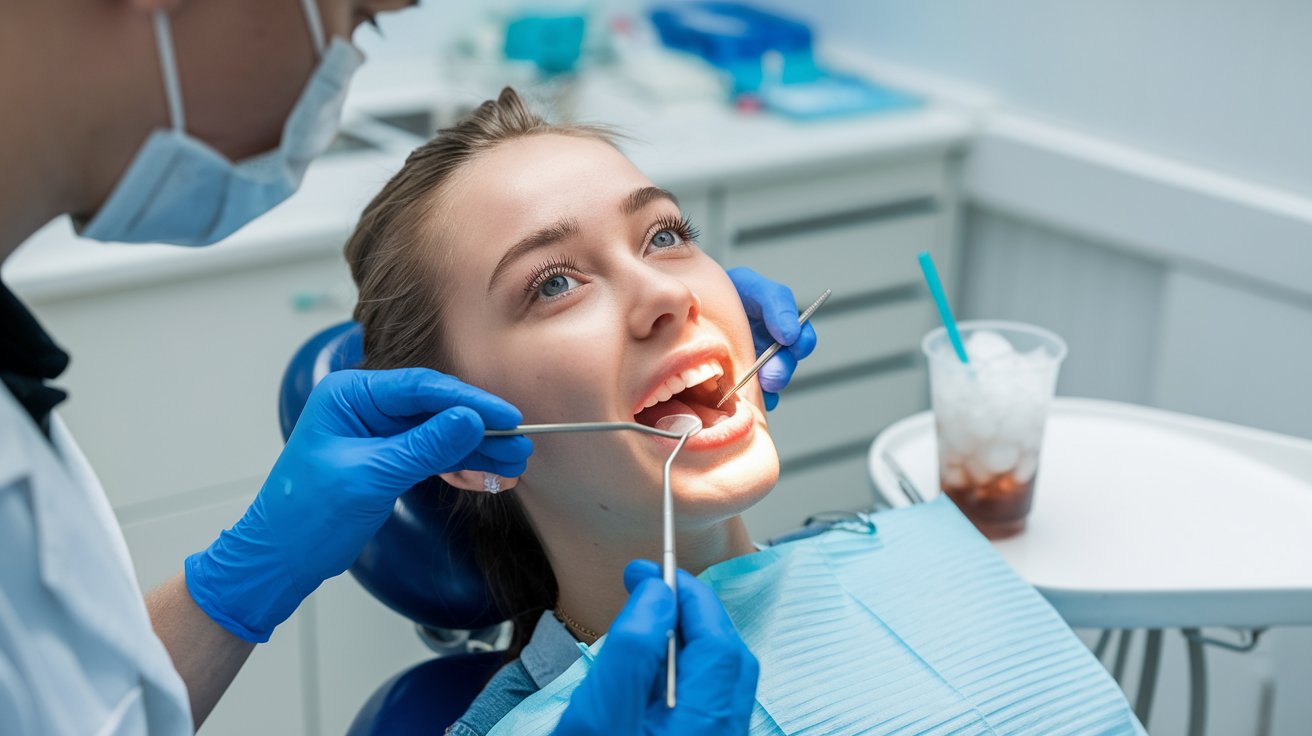Table of Contents
If you’ve had Botox recently or are thinking about getting some, you may be wondering, “Can you really lay down after Botox?” This question is crucial because how you position yourself after the treatment can impact your results. In this guide, How Long After Botox Can You Lay Down? we’ll explore everything you need to know to ensure you get the best results from your Botox treatment while staying safe.
Why Post-Botox Care Is Important

How Long After Botox Can You Lay Down? After getting Botox, your care in the hours immediately following the treatment can make a big difference. Botox is a minimally invasive procedure but still requires some aftercare to ensure the best results. Understanding why post-botox care is crucial helps you avoid complications and ensure the treatment works as intended.
What Happens Right After Botox?
Botox works by temporarily relaxing the muscles in your face that cause wrinkles. After the injection, the Botox solution needs time to settle into the muscles. During this period, any unnecessary movement or pressure on the treated area could cause the Botox to spread to unintended areas, potentially leading to less-than-ideal results.
The Role of Gravity in Botox
Gravity plays a subtle but essential role in how Botox settles. When you lay down too soon after receiving Botox, gravity can cause the solution to migrate to other parts of your face, potentially weakening the effectiveness of the treatment in the targeted area. This is why it’s advisable to remain upright for a certain period after the procedure.
Also read: Can You Use Peroxide on Dogs: Uncover the Benefits Now
How Long After Botox Can You Lay Down?
So, how long after Botox can you lay down? The general recommendation is to avoid lying down for at least 4 hours after receiving Botox. This allows the solution to settle properly into the targeted muscles, minimizing the risk of spreading to unintended areas.
Why 4 Hours Is the Magic Number
How Long After Botox Can You Lay Down? The 4-hour window is based on the time it typically takes for Botox to interact with your muscle tissues. During this time, the Botox solution is more mobile and can move if you lie down or press on the treated area. After 4 hours, Botox usually starts to settle, reducing the risk of it shifting and affecting other areas of your face.
Exceptions to the Rule
While 4 hours is the standard recommendation, some patients may be advised to wait longer, depending on their situation. For example, if you’ve been treated in multiple areas or have a higher dosage of Botox, your doctor might suggest waiting longer. Always follow the advice of your healthcare provider, as they know your case best.
Other Activities to Avoid After Botox
In addition to avoiding laying down, there are other activities you should steer clear of immediately after Botox to ensure the best results.
No Strenuous Exercise
Exercise increases your heart rate and blood flow, which can cause Botox to spread to unintended areas. How Long After Botox Can You Lay Down? It is to avoid strenuous exercise for at least 24 hours after your treatment. Gentle activities like walking are usually OK, but always consult your provider.
Avoid Rubbing or Massaging the Area That Has Been Treated
It’s natural to want to touch your face after a procedure, but it’s important not to rub, massage, or apply pressure to the areas where you received Botox. This can cause the Botox to move away from the injection site and result in uneven results.
Steer Clear of Alcohol and Blood Thinners
Alcohol and blood thinners can increase your risk of bruising after Botox. To minimize this risk, avoid consuming alcohol or taking blood-thinning medications for at least 24 hours before and after your treatment unless otherwise directed by your doctor.
What to Expect After Lying Down Post-Botox

How Long After Botox Can You Lay Down? If you accidentally lie down too soon after your Botox treatment, you might be concerned about the effects. While it’s important to avoid lying down within the first 4 hours, doing so doesn’t guarantee that something will go wrong. However, it does increase the risk of Botox migrating to other areas of your face, which could lead to unintended results.
Signs to Watch For
If the Botox does shift, you might notice uneven results or muscle weakness in areas that were not to be affected. In rare cases, this could cause temporary drooping of the eyelids or eyebrows. Make quick touch with your healthcare physician if you observe any of these symptoms. How Long After Botox Can You Lay Down? They can assess the situation and guide any necessary steps.
Correcting Any Issues
If you do experience any issues due to laying down too soon, don’t worry. Many side effects are temporary and will resolve on their own. Sometimes, your provider may offer a follow-up treatment to correct problems, but this should always be done under professional guidance.
FAQS
How Long After Botox Can You Lay Down?
You should wait at least 4 hours before lying down after Botox to ensure the solution settles properly into the targeted muscles and doesn’t migrate to unintended areas.
Can I exercise after getting Botox?
Avoid strenuous exercise for 24 hours after Botox, as increased blood flow can cause the Botox to spread to other areas, affecting the results.
Is it safe to touch my face after Botox?
It’s best to avoid touching, rubbing, or massaging the treated areas for at least 24 hours to prevent the Botox from shifting.
What should I do if I accidentally lay down too soon after Botox?
If you lay down too soon, monitor for unusual changes like uneven results or drooping. If you see anything alarming, get in touch with your healthcare practitioner.
Can I drink alcohol after Botox?
It’s recommended to avoid alcohol for at least 24 hours after Botox to reduce the risk of bruising and ensure the best results from your treatment.
To sum up, how long after Botox can you lay down? The safest approach is to wait at least 4 hours before lying down. This simple precaution helps ensure that the Botox stays where it was injected, providing the best possible results.




